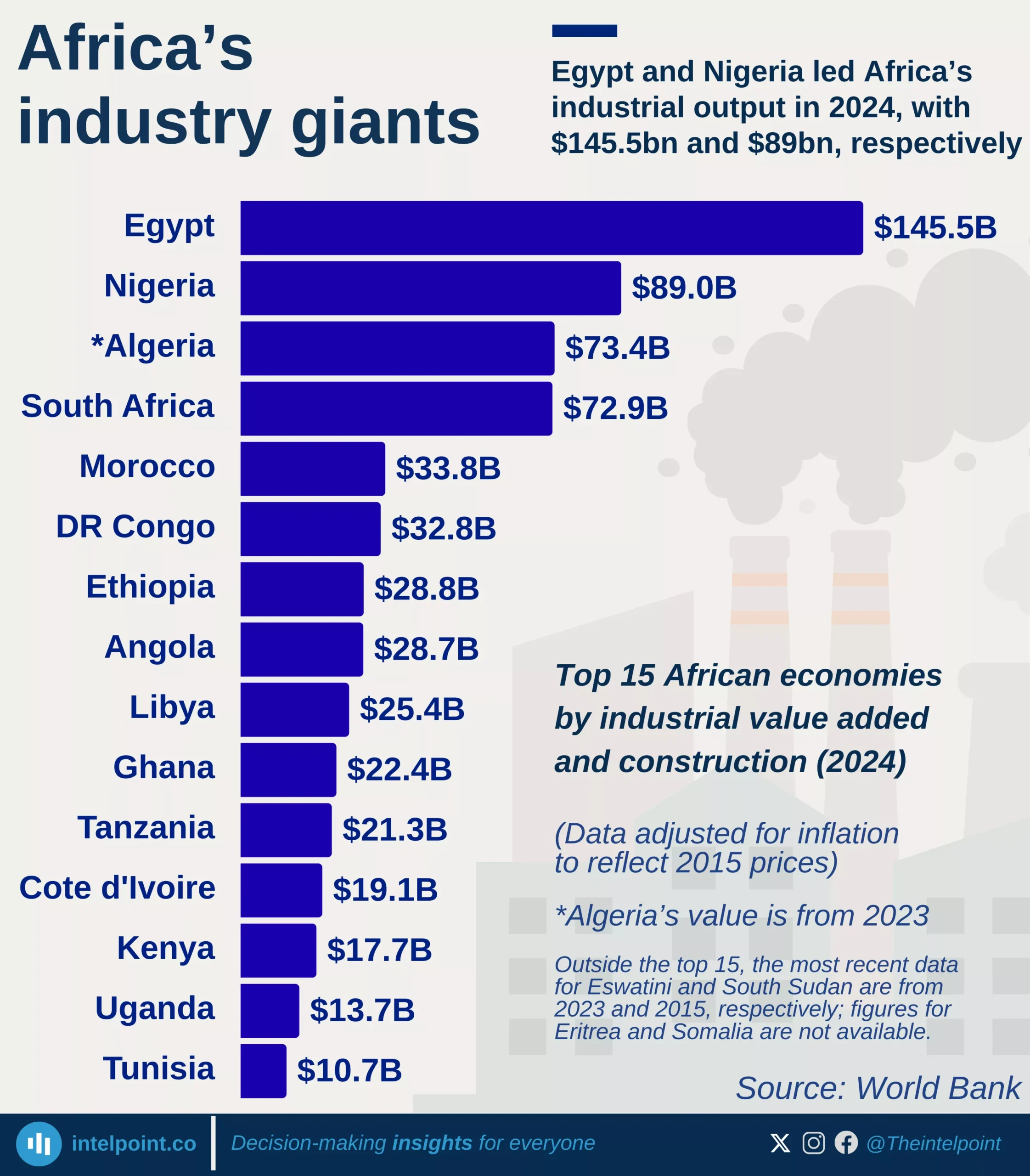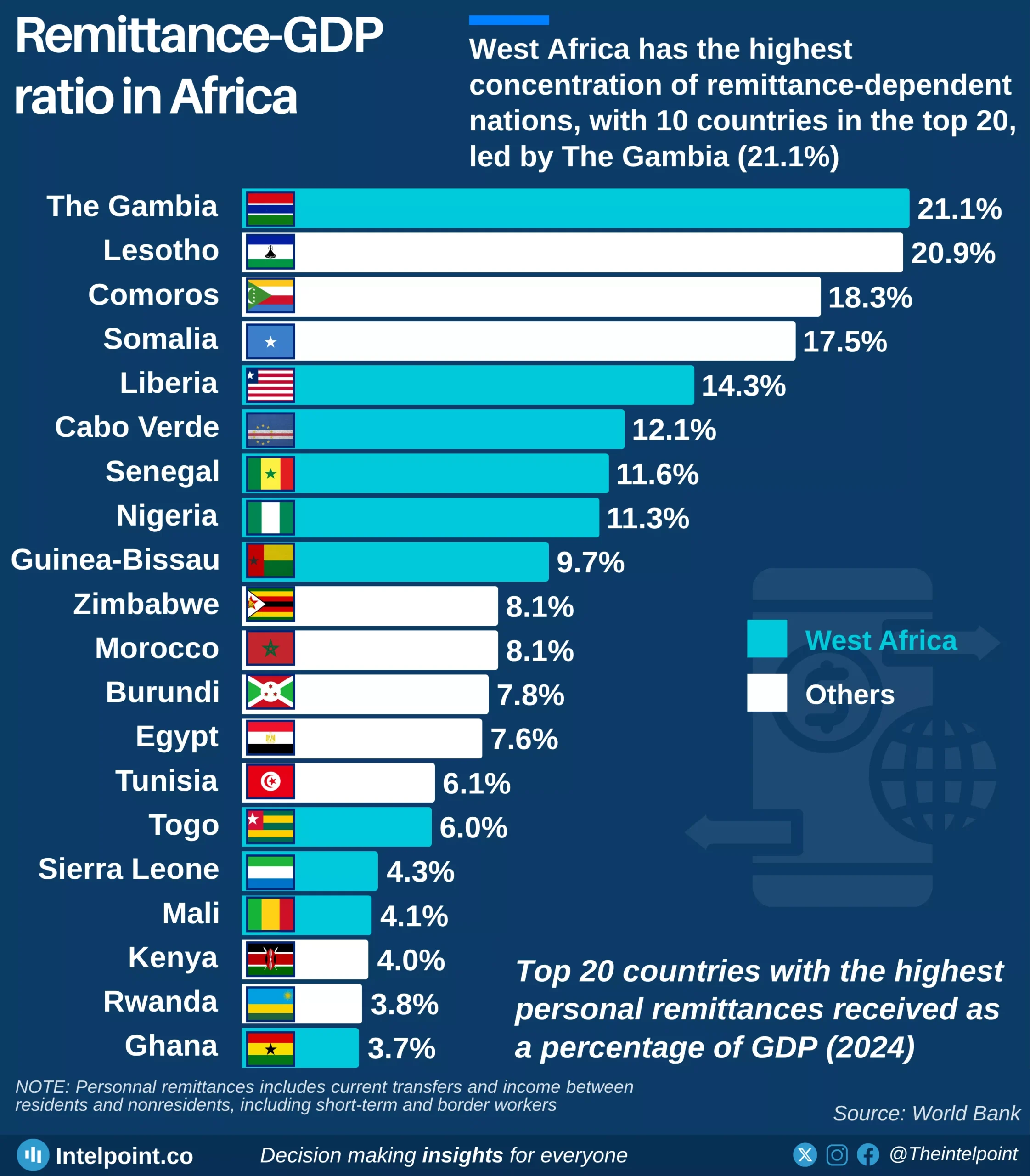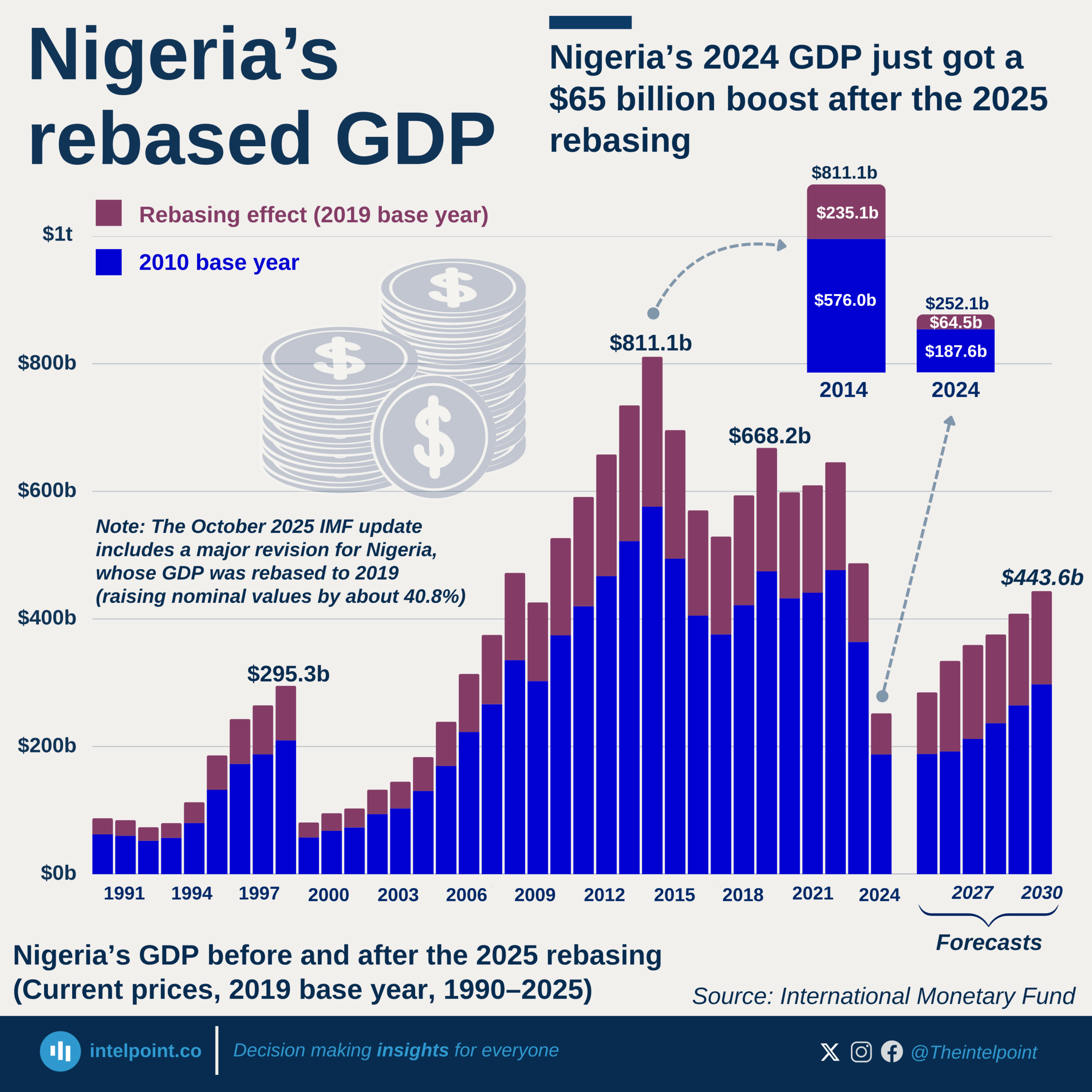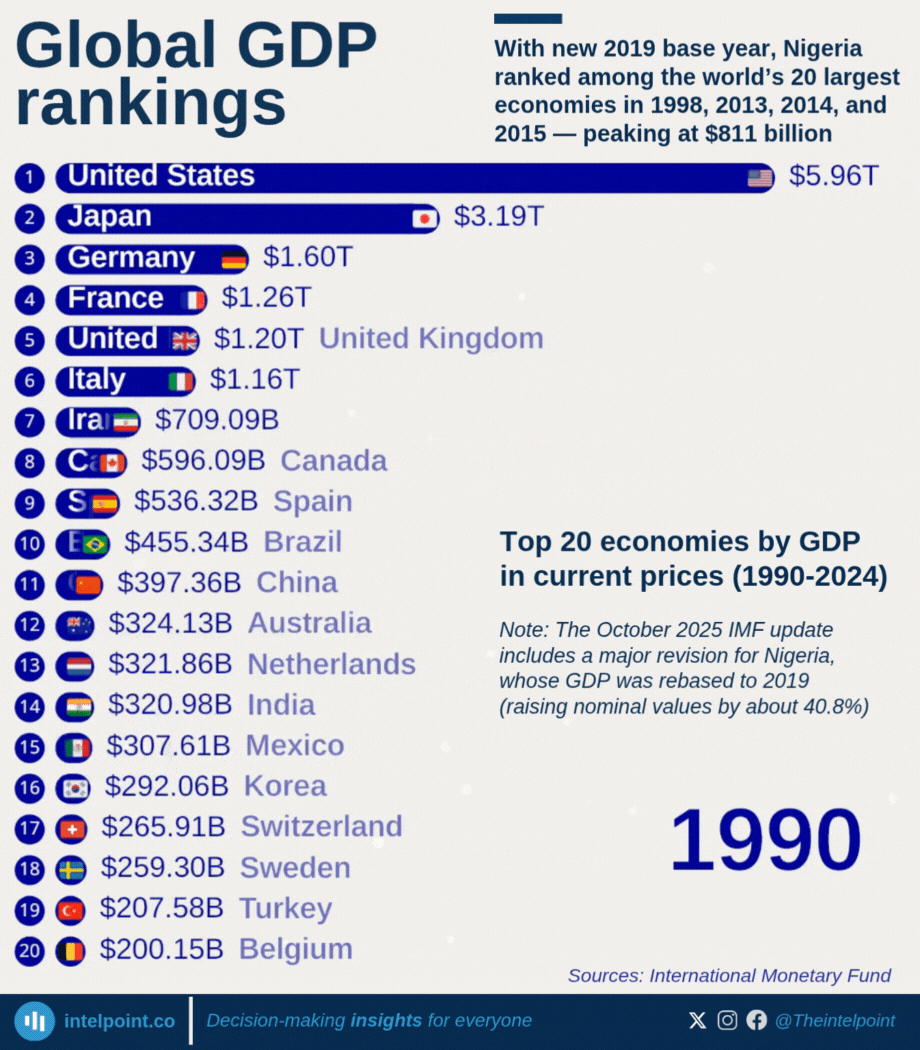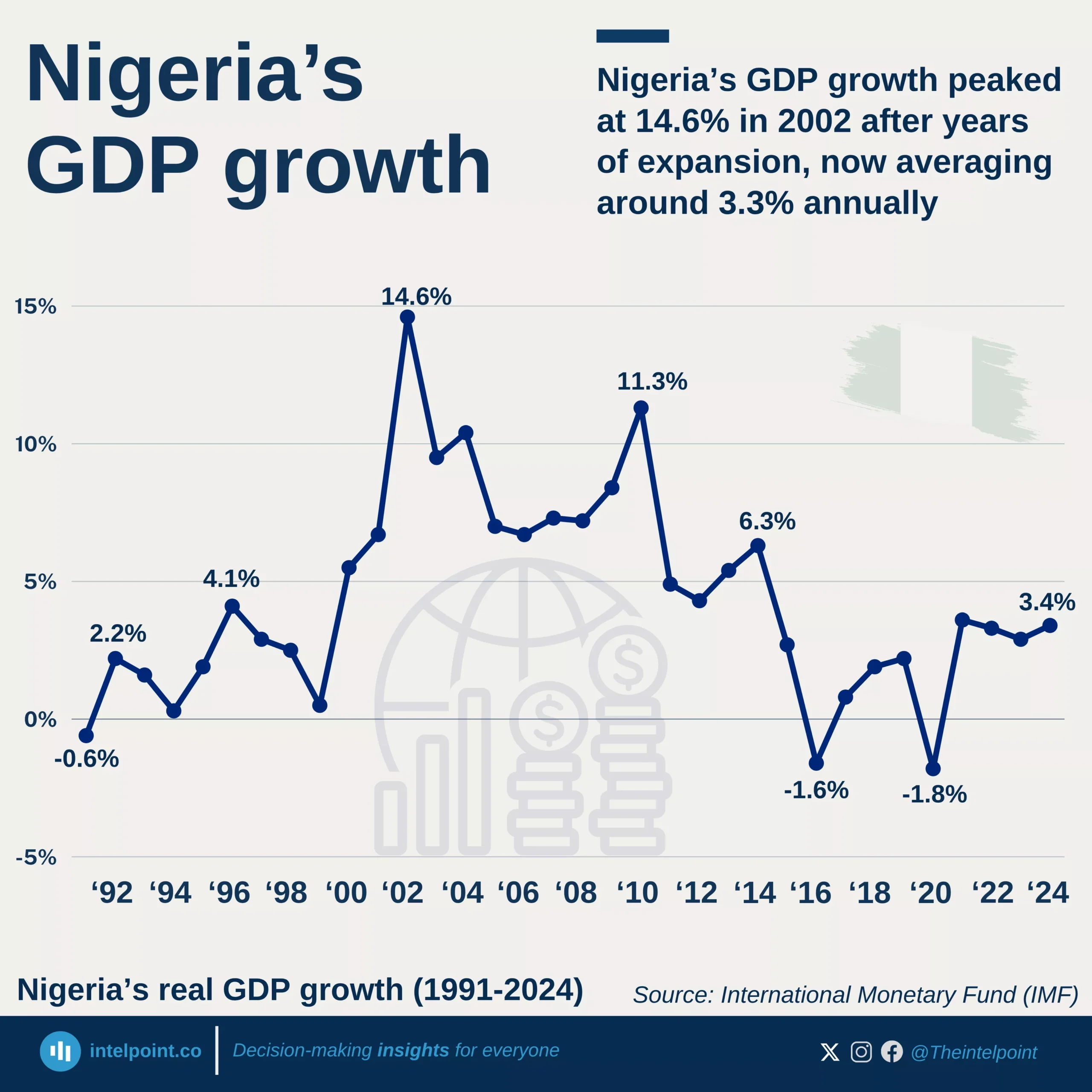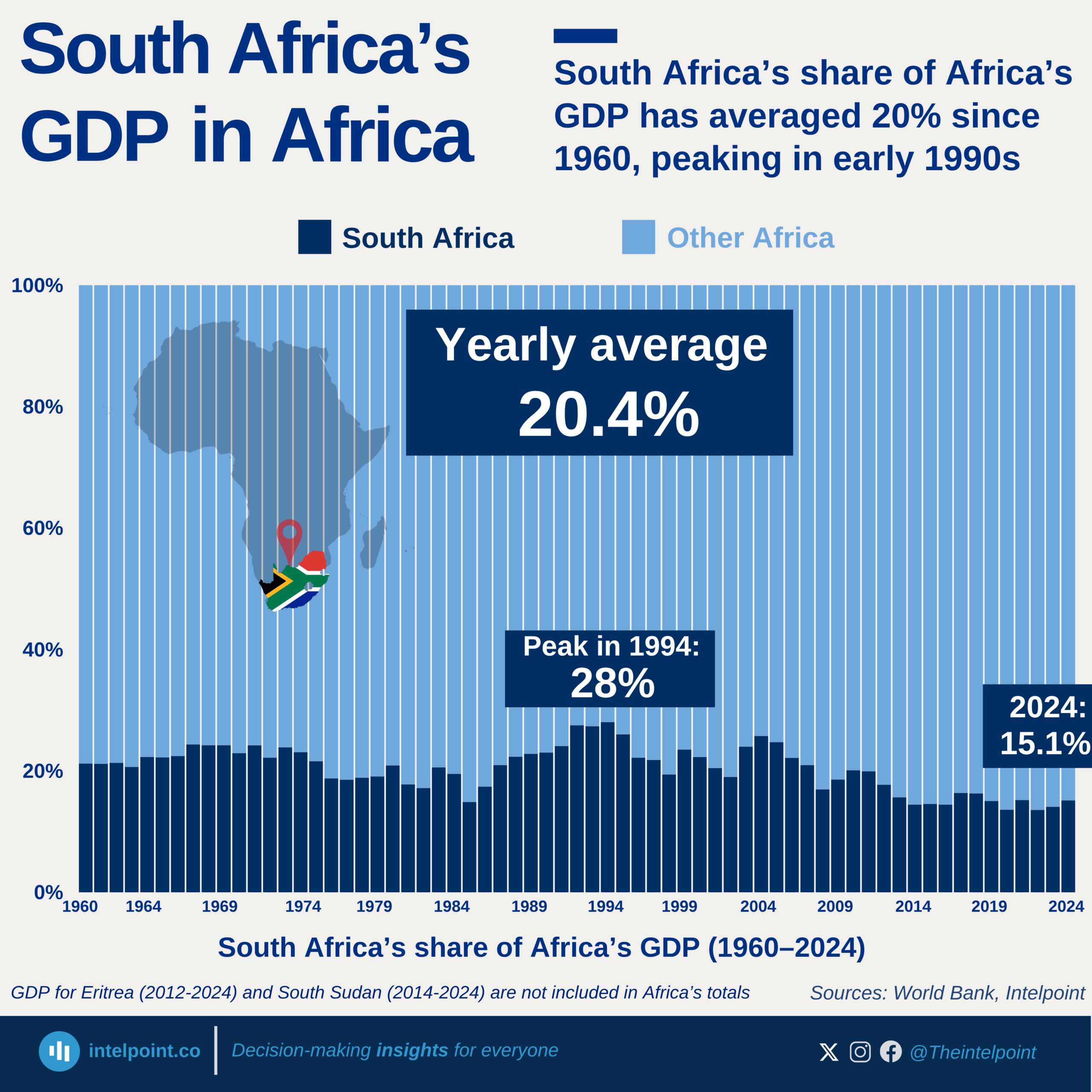Algeria’s GDP per capita trajectory between 2000 and 2024 tells a story of resource-driven growth, volatility, and resilience. Starting at $1,772.9 in 2000, the economy surged during the global commodity boom, nearly tripling by 2008 ($5,180.9) on the back of record oil revenues. Yet the nation’s heavy dependence on hydrocarbons exposed it to shocks: the 2014–2016 oil price collapse saw GDP per capita tumble by over $1,600 in just two years.
Despite these challenges, Algeria stabilised and entered a recovery phase, only briefly disrupted in 2020 by the pandemic downturn ($3,743.5). The subsequent rebound was strong, with GDP per capita climbing to $5,631.2 in 2024, its second-highest point in the series. This positions Algeria among the stronger North African economies in per capita terms, though still trailing diversified peers like South Africa.
